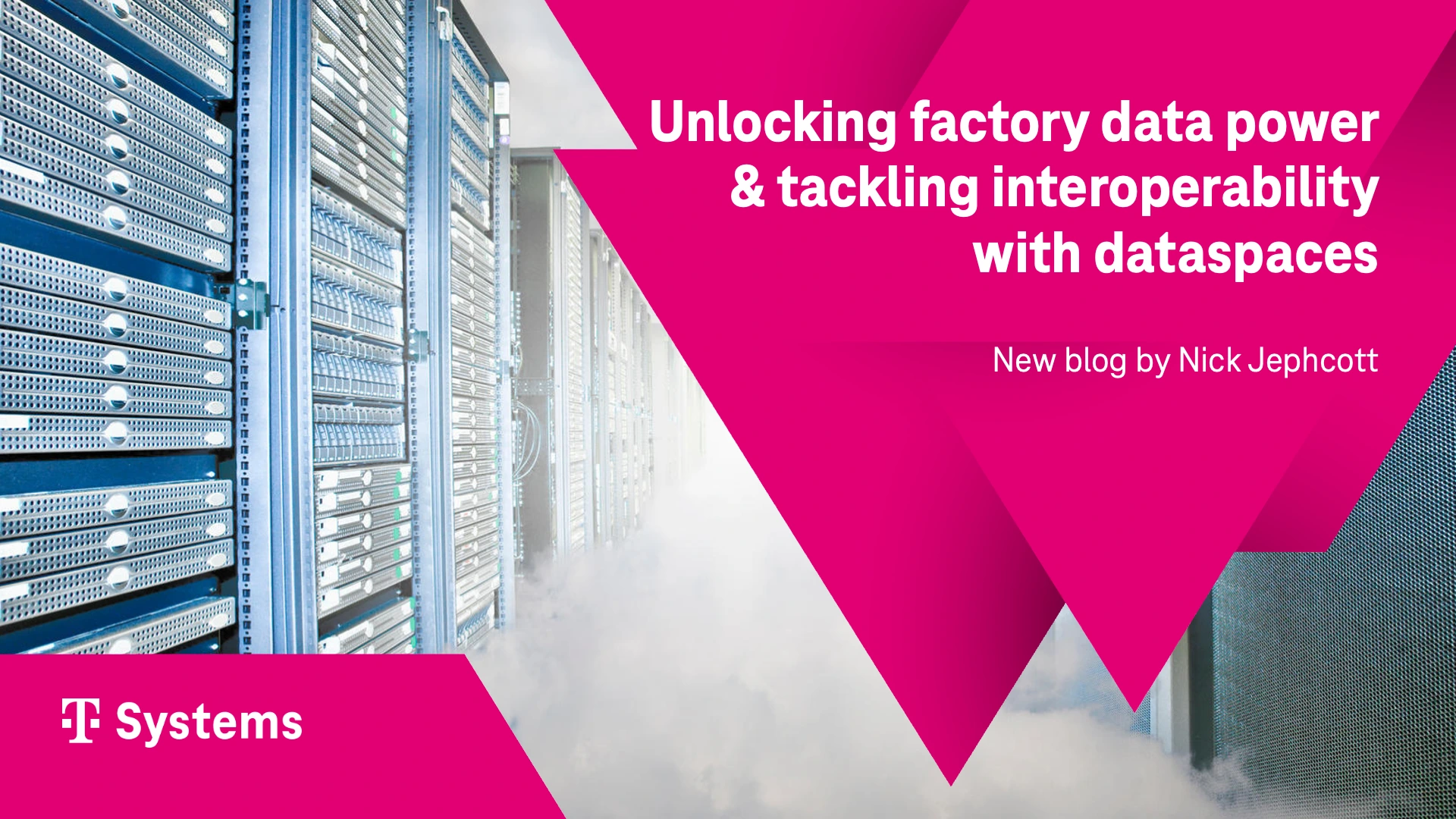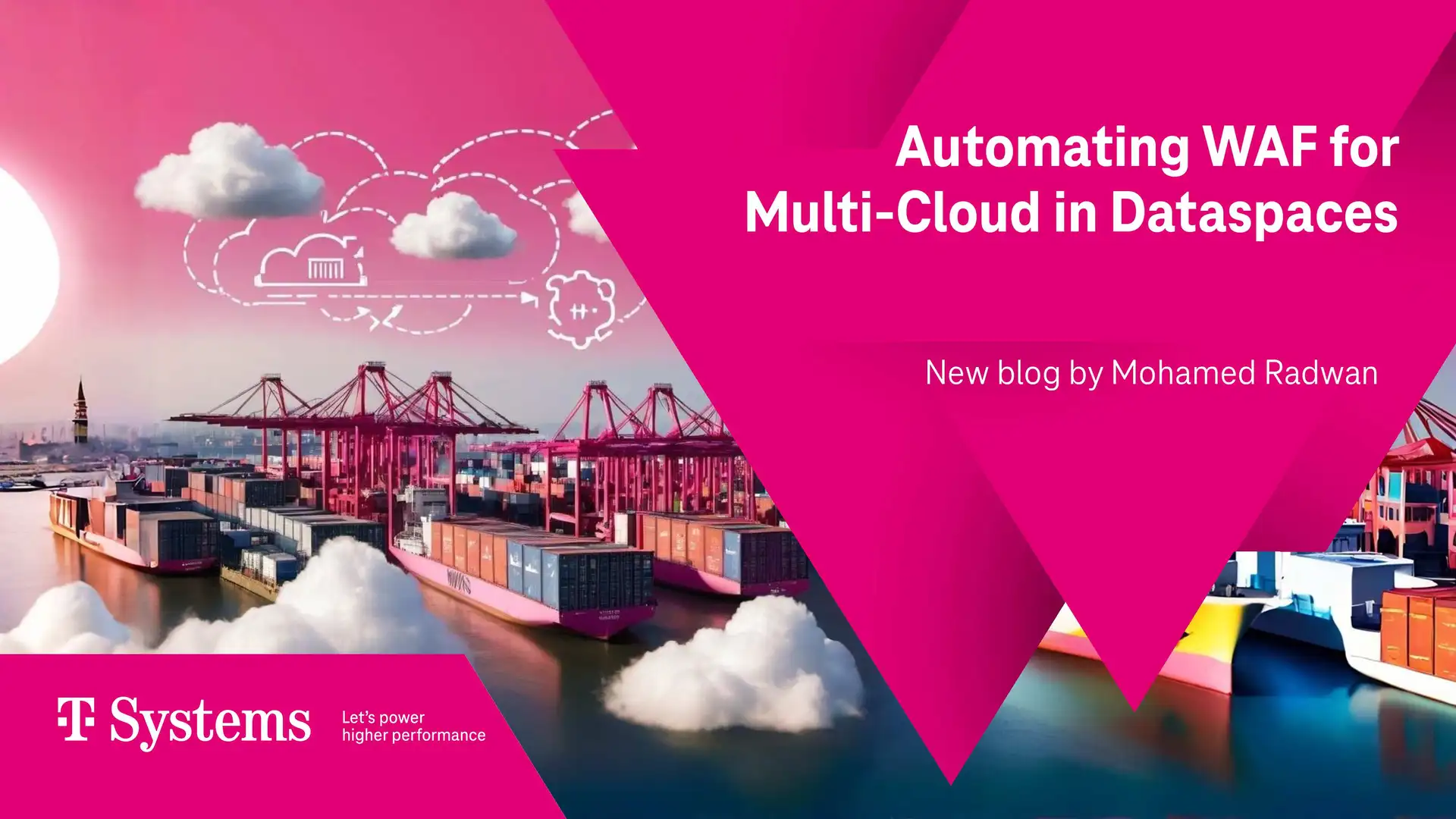Digital in 100 Days
This is not a story about superstars or the world’s leading automaker. Instead it is a story about a medium-sized company; a story about a German medium-sized company, the type that collectively forms the backbone of the German economy, the 4th largest of the world. Furthermore, the story is not about building a rocket to Mars or inventing hyperloop transportation. Instead it is about improving an existing production system. Yet, how it’s done and what has been accomplished is not at all boring or ordinary. It is a story how a group of six new hires at Telekom went to this medium-sized company and improved a real-world production system using standard Telekom IoT components or building blocks in 100 days – on the side. If they can do it …
Internet of Production
The protagonist of this story is family-owned GlasGo. This company would certainly fit the description of a Hidden Champion, a term coined by management scientist Herman Simon in Harvard Business Review to describe small and medium-sized firms that dominate market niches but are rarely known to the public. GlasGo is Europe’s leading glass refinement company and trademark brand in table-top glasses for hotels, gastronomy and retail. They have been around since 1960 and operate two production facilities in the Westerwald region or center west of Germany.
Business is good, competition is as usual, nothing was broken. When the six new hires came knocking on the door they were not on a rescue mission but looking for a kind host and real-world sandbox to experiment with IoT devices from their new employer. But what began as play quickly turned into digitizing an entire glass coating line. A coating line refines clear glass objects into beautifully colored ones that should keep their color forever despite dishwashers, detergent and bright sunlight. What sounds straightforward is a complicated, hot and dirty, and handle with care process. It involves machinery like moving conveyor belts and ovens, raw materials like expensive colors, and of course, delicate glass objects. And everything is orchestrated by expert personnel using computers and software systems. That was yesterday.
Today, a visitor would spot new, little shiny boxes and a new window on the computer control screen. This dashboard resembles a cockpit complete with round displays, such as for temperature readings, and moving line charts like a heartbeat monitor, so to speak, for vital production metrics. Sensors and tracking devices have been popular with consumers for a while (Crosby and Langdon 2014), now industry is catching up. And just like a continuous heartbeat monitor, the system at GlassGo uncovered many irregularities – some minor ones and then a shocking surprise. The all-important oven temperature readings – meticulously observed by the production master on big digital displays – turned out to be flawed and deeply so. Instead of 172°C as the target temperature for a perfect color coating the dashboard revealed occasional and wild fluctuations between 125°C and 355°C. And suddenly, it became clear why sometimes glass items would suffer from fading colors after a few dishwasher cycles and had to be returned by unhappy customers. The new “heartbeat monitor” pointed to micro-changes in temperature as the culprit.
Standard Building Blocks instead of Custom Pieces of Art
Say Hello to the Internet of Production. And say Hello to creating digital success stories like creating plug-and-play sets from standard interlocking Lego bricks. Instead of reinventing, transforming or building from scratch, success has been accomplished using standard building blocks available off-the-shelf in the IoT store of Deutsche Telekom. The six newbies literally walked into the factory armed only with a list of Telekom IoT components, looked at the production system, and checked the boxes on Telekom’s menu of components that seemed to make sense. Then multiple sensors, the PT1000 Temp Fuehler (60022), Current Transfomer 20A (60015) plus the PS-SYSTEC SMARTbox IO were installed and all of it plugged into another component, the Telekom Cloud of Things (CoT). One by one, an end-to-end solution was built: From sensor hardware certified by Deutsche Telekom, and connectivity and security by Deutsche Telekom to the “control center” of the Cloud of Things – data got democratized, with easy access and visibility of key metrics in real time for all from worker to CEO.
Sure, systems integration and testing did not happen overnight, and interacting with the production system did require care. Yet, under the careful supervision of the GlasGo’s master craftsmen the team of newbies was able to generate instant and real returns.
Benefits Keep Coming
The journey won’t stop here and just as technology keeps evolving constantly, Telekom is adding new IoT building blocks. In a next step the CoT-based system will be connected with another component, the brand-new Telekom Data Intelligence Hub. The Data Intelligence Hub provides a data logistics and storage infrastructure with an integrated toolbox full of low cost machine learning and artificial intelligence tools for root-cause analysis and predictive analytics (Deutsche Telekom 2018): you can bring your own data and work with it, add and share data from your supply chain and channel partners, and you can buy and add missing data from the Data Intelligence Hub partners.
Root-Cause Analytics and “Data Sandwiches”
For example, the experts at GlasGo have a suspicion that something is going wrong in its supply chain. Some colors are failing occasionally, and one suspect is exposure of color shipments to low temperatures. All is good in the warehouses of GlasGo and its suppliers. But what about the critical shipping link, the transportation on the German Autobahn all the way from Bavaria to Westerwald? Now, with the Data Intelligence Hub, it is possible to quickly capture data end-to-end, along the entire supply chain: from vendors via highways and storage locations all the way to the receiving dock. With the Data Intelligence Hub, no data warehouse is required; instead, the Data Intelligence Hub is platform-as-a-service: Switch it on, log in, and all data can be linked or loaded into the Data Intelligence Hub. Furthermore, in order to verify the influence of bad weather the shipping data has to be correlated or “sandwiched” with weather data (Schlueter Langdon 2014): firstly, historic data to confirm low temperatures as the root-cause or culprit, secondly, weather forecasts to prevent shipments in bad weather. This all-important weather data can be purchased on the Data Intelligence Hub, in the right quantity and with the right time and location stamps to fit the supply chain data.
In the end everybody is happy: GlasGo and its supply chain partners, because defects can be avoided, the environment, because colors, chemicals and energy aren’t wasted, and most importantly, customers, because they save the trouble of returned merchandise and can enjoy beautiful products for a long time.
List of Modules
Sensors:
PT1000 Temp Fuehler (60022)
Current Transformer 20A (60015), SK S02215, 2216, 2165, 3265
Gateways:
PS-SYSTEC SMARTbox IO
Telekom Cloud of Things (COT):
https://iot.telekom.com/en/platforms/cloud-of-things/
Apple iPhone with Cloud-of-Things App, available in the Apple App Store
Telekom Data Intelligence Hub (DIH)
https://dih.telekom.net
References
- Deutsche Telekom. 2018. Creating value: Deutsche Telekom makes data available as a raw material. Press release; https://www.telekom.com/en/media/media-information/archive/deutsche-telekom-makes-data-available-as-a-raw-material-542866
- Crosby, L., and C. Schlueter Langdon. 2014. “Technology Personified.“ Marketing News, American Marketing Association (February), 2014: 18-19; https://www.ama.org/publications/MarketingNews/Pages/-Technology-Personified-.aspx
- Schlueter Langdon, C. 2014. “3-Step Analytics Success With Parsimonious Models.” In: Wang, J. (ed). Encyclopedia of Business Analytics and Optimization. IGI Global: Hershey, PA; London, 2014: 1-13





















